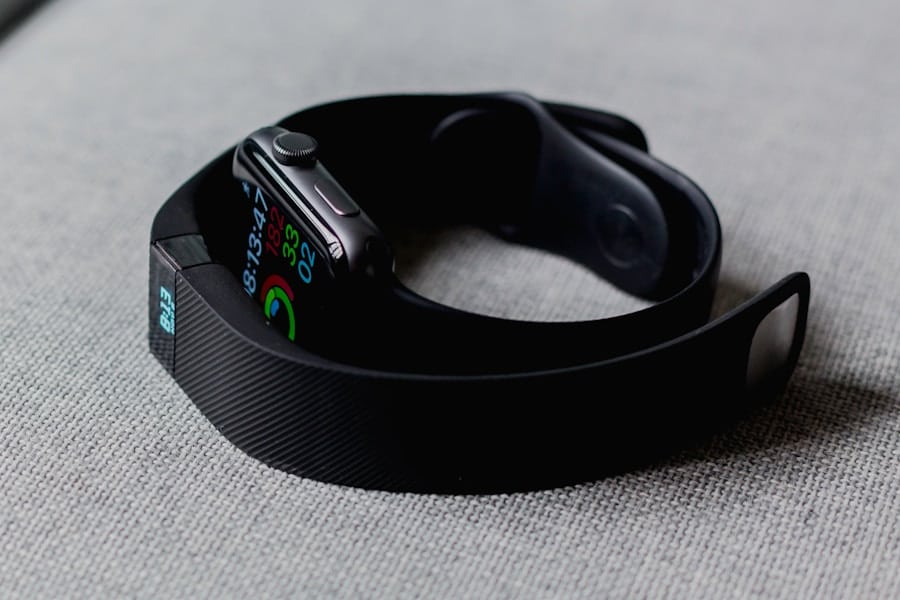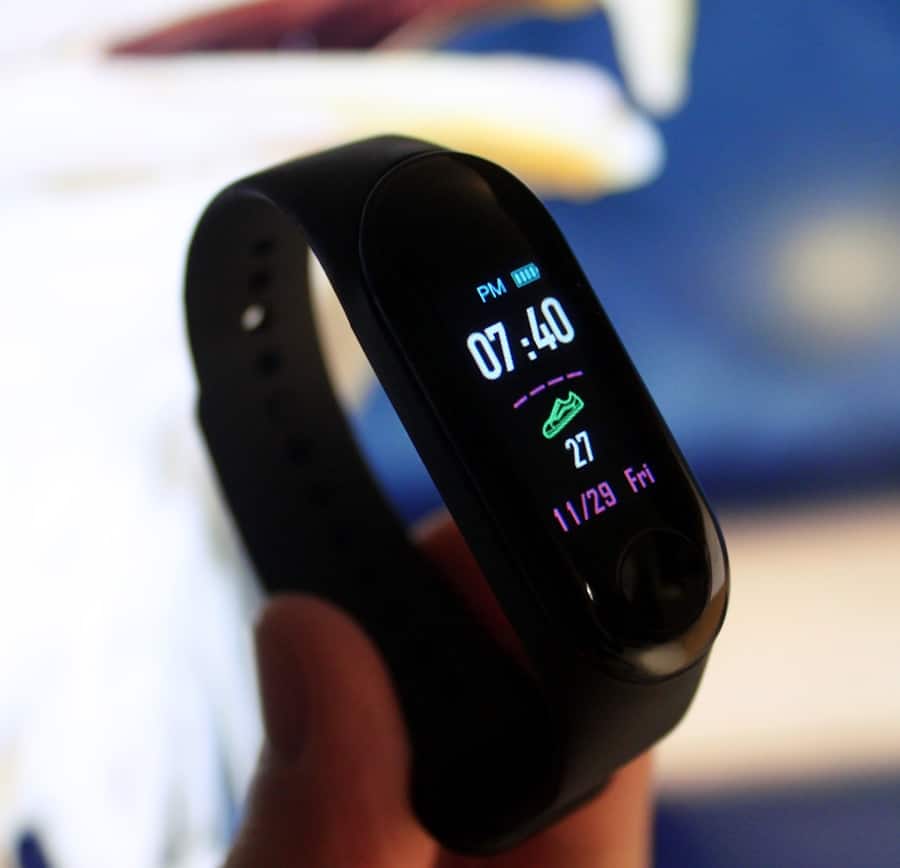Wireless health monitoring represents a transformative shift in the way healthcare is delivered and experienced. This technology encompasses a range of devices and systems that allow for the continuous tracking of health metrics without the need for physical connections.
The advent of wireless health monitoring has empowered patients to take charge of their health, while also providing healthcare professionals with critical insights into patient conditions. The integration of wireless health monitoring into everyday life has been accelerated by the proliferation of smartphones and wearable devices. These tools not only track vital signs such as heart rate, blood pressure, and glucose levels but also offer features like medication reminders and fitness tracking.
As a result, patients can monitor their health from the comfort of their homes, reducing the need for frequent hospital visits. This shift is particularly significant for chronic disease management, where continuous monitoring can lead to timely interventions and improved patient outcomes.
Key Takeaways
- Wireless health monitoring allows for continuous and remote monitoring of an individual’s health parameters.
- 5G technology has a significant impact on health monitoring by enabling faster data transmission and lower latency.
- 5G wearables offer advantages such as improved connectivity, real-time data transmission, and enhanced accuracy in health monitoring.
- Challenges and limitations of 5G wearables include high cost, limited coverage, and potential health risks from prolonged exposure to electromagnetic radiation.
- Applications of 5G wearables in healthcare include remote patient monitoring, telemedicine, and personalized healthcare delivery.
The Impact of 5G Technology on Health Monitoring
Remote Healthcare Services
Moreover, 5G technology enhances the functionality of health monitoring devices by enabling high-definition video consultations and remote surgeries. For instance, a surgeon could perform a procedure remotely using robotic instruments controlled via a 5G network, receiving real-time feedback from wearable sensors on the patient’s vitals. This level of connectivity not only improves patient care but also expands access to specialized medical services in underserved areas.
Transforming Telemedicine
The implications of 5G for telemedicine are profound, as it allows for seamless communication between patients and healthcare providers, fostering a more integrated approach to health management.
Advantages of 5G Wearables for Health Monitoring

The advantages of 5G wearables in health monitoring are manifold. First and foremost, the increased bandwidth provided by 5G allows for the transmission of larger volumes of data at unprecedented speeds. This means that wearables can continuously stream high-resolution data regarding a patient’s health metrics without lag or interruption.
For example, a wearable ECG monitor can send real-time heart rhythm data to healthcare providers, enabling immediate analysis and intervention if abnormalities are detected. Additionally, 5G wearables can facilitate more sophisticated health applications that were previously impractical due to connectivity limitations. With the ability to process and analyze data on-device or in the cloud almost instantaneously, wearables can provide actionable insights directly to users.
For instance, a smart wristband could analyze physical activity patterns and suggest personalized exercise regimens based on real-time feedback from the user’s body. This level of personalization not only enhances user engagement but also promotes healthier lifestyle choices.
Challenges and Limitations of 5G Wearables
Despite the numerous advantages that 5G wearables offer, several challenges and limitations must be addressed before widespread adoption can occur. One significant concern is the cost associated with developing and deploying these advanced devices. The integration of 5G technology into wearables requires substantial investment in research and development, which may lead to higher prices for consumers.
This could create disparities in access to cutting-edge health monitoring technologies, particularly among low-income populations. Another challenge lies in the need for robust infrastructure to support 5G networks. While urban areas may benefit from rapid deployment, rural regions often lag behind in terms of connectivity.
This uneven distribution could exacerbate existing healthcare inequalities, as individuals in remote areas may not have access to the same level of monitoring and support as those in metropolitan centers. Furthermore, the reliance on wireless technology raises concerns about signal reliability; interruptions in connectivity could hinder the effectiveness of health monitoring systems when they are needed most.
Applications of 5G Wearables in Healthcare
The applications of 5G wearables in healthcare are diverse and continually evolving. One prominent use case is in chronic disease management, where continuous monitoring can significantly improve patient outcomes. For instance, diabetic patients can utilize wearables that track glucose levels in real-time, sending alerts to both patients and healthcare providers if levels fall outside acceptable ranges.
This proactive approach allows for timely interventions that can prevent complications associated with diabetes. Another application is in mental health monitoring. Wearable devices equipped with sensors can track physiological indicators such as heart rate variability and skin conductance, which may correlate with stress levels or anxiety.
By analyzing this data, mental health professionals can gain insights into their patients’ emotional states and adjust treatment plans accordingly.
Privacy and Security Concerns with 5G Wearables

Designing Secure Wearable Devices
To mitigate these risks, manufacturers must prioritize robust security measures during the design phase of wearable devices. This includes implementing encryption protocols for data transmission and storage, as well as ensuring that users have control over their data sharing preferences.
Regulatory Frameworks for 5G Wearables in Healthcare
Regulatory frameworks must evolve to address the unique challenges posed by 5G wearables in healthcare. Policymakers need to establish clear guidelines regarding data ownership, consent, and breach notification to protect consumers while fostering innovation in this burgeoning field.
Protecting Consumers and Fostering Innovation
Ultimately, the goal is to protect consumers while fostering innovation in the field of 5G wearables. By prioritizing security and privacy, manufacturers and policymakers can ensure that the benefits of 5G wearables are realized without compromising sensitive health information.
The Future of 5G Wearables in Health Monitoring
Looking ahead, the future of 5G wearables in health monitoring appears promising yet complex. As technology continues to advance, we can expect to see even more sophisticated devices capable of monitoring an expanding array of health metrics. Innovations such as biosensors that can detect biochemical changes in sweat or breath are on the horizon, potentially allowing for non-invasive monitoring of various conditions.
Moreover, the integration of artificial intelligence (AI) with 5G wearables will likely enhance their capabilities further. AI algorithms can analyze vast amounts of data collected from wearables to identify patterns and predict potential health issues before they arise. This predictive analytics approach could revolutionize preventive healthcare by enabling early interventions based on individual risk profiles.
However, this future also necessitates ongoing discussions about ethical considerations surrounding AI in healthcare, particularly regarding accountability and transparency in decision-making processes.
Conclusion and Recommendations for 5G Wearables in Healthcare
In conclusion, while the potential benefits of 5G wearables in health monitoring are substantial, careful consideration must be given to the challenges they present. Stakeholders across the healthcare ecosystem—manufacturers, providers, policymakers, and patients—must collaborate to ensure that these technologies are developed and implemented responsibly. Recommendations include investing in research to address security vulnerabilities, creating equitable access strategies for underserved populations, and establishing clear regulatory frameworks that protect patient privacy while promoting innovation.
As we move forward into an era defined by connectivity and data-driven healthcare solutions, it is essential that we remain vigilant about the implications of these advancements. By prioritizing ethical considerations alongside technological progress, we can harness the full potential of 5G wearables to improve health outcomes while safeguarding individual rights and privacy.
In a recent article discussing the advancements in technology, particularly in the realm of wearables and wireless health monitoring, it is interesting to note the potential impact of the Samsung Galaxy S23. This smartphone, as reviewed in this article, boasts cutting-edge features that could potentially revolutionize the way we track and monitor our health. With the integration of 5G technology, the possibilities for seamless connectivity and data transfer are endless, paving the way for more efficient and accurate health monitoring systems.
FAQs
What is 5G technology and how does it relate to wireless health monitoring?
5G technology is the fifth generation of mobile networks, offering faster speeds and more reliable connections. It is crucial for wireless health monitoring as it enables real-time data transmission and low latency, allowing for seamless communication between wearable devices and healthcare providers.
What are 5G wearables and how do they impact health monitoring?
5G wearables are devices such as smartwatches, fitness trackers, and medical sensors that utilize 5G technology to monitor various health metrics, such as heart rate, blood pressure, and activity levels. These devices provide continuous and accurate health data, enabling proactive healthcare management.
How does 5G technology improve the accuracy and reliability of health monitoring?
5G technology enables wearables to transmit large amounts of health data in real time, ensuring that healthcare providers receive accurate and up-to-date information. This allows for more precise monitoring and timely intervention, ultimately improving the overall accuracy and reliability of health monitoring.
What are the potential benefits of 5G wearables for healthcare providers and patients?
For healthcare providers, 5G wearables offer the potential to remotely monitor patients, leading to early detection of health issues and more personalized treatment plans. For patients, these devices provide continuous health tracking, empowering them to take control of their own health and well-being.
What are the challenges and considerations associated with the adoption of 5G wearables for health monitoring?
Challenges include data privacy and security concerns, interoperability with existing healthcare systems, and the need for regulatory standards. Additionally, there may be disparities in access to 5G networks and wearables, which could impact the equitable delivery of healthcare services.

